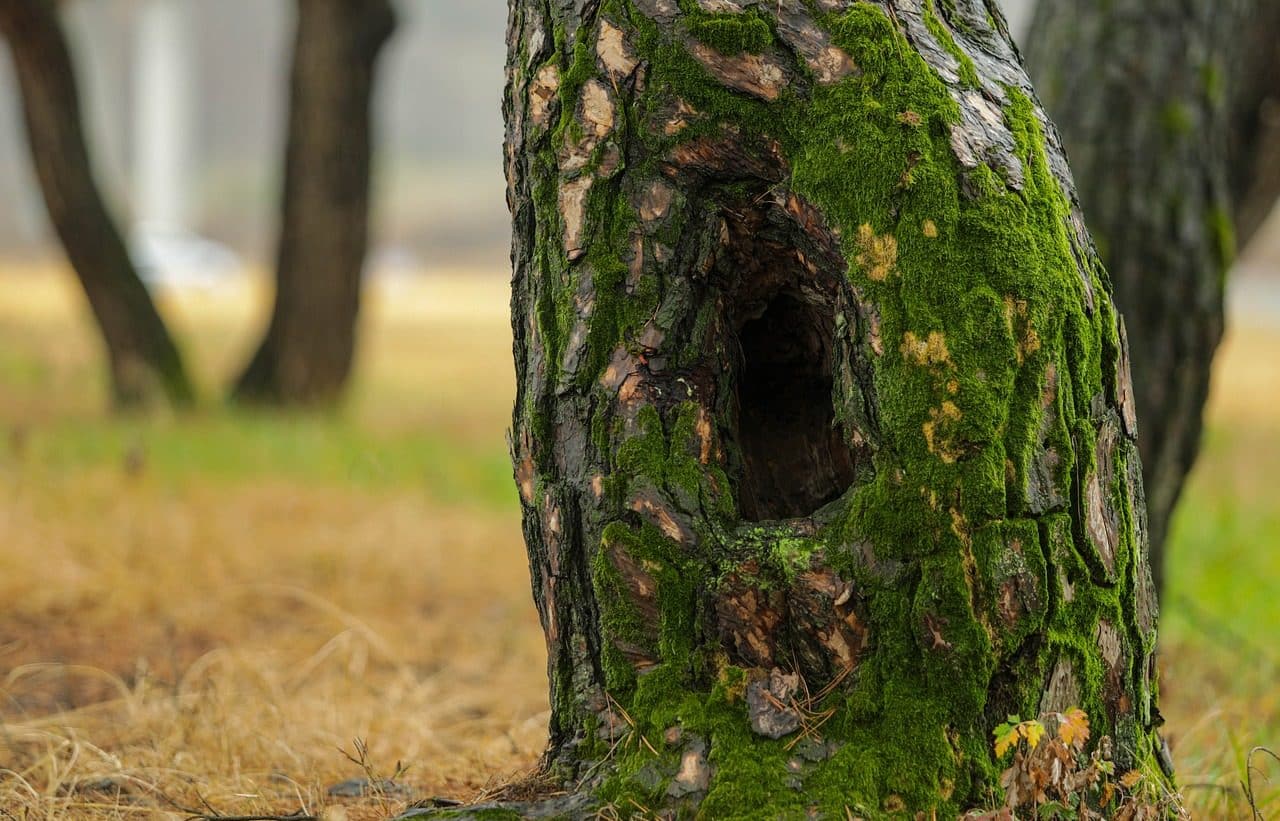
The cavity refers to the existence of a gap or hole.
Oquedad is a notion that is linked to the existence of a hole or gap . It is, therefore, that place that remains empty within a solid , a particularity that can be produced by natural conditions or that can be generated artificially.
The bones of the human body, for example, have different levels of hollowness. When the cavities are numerous, it is called a spongy bone . On the other hand, if the bone has few cavities, it is classified as compact .
Other types of organs and tissues also have cavities. This is the case of tree trunks or seashells. These cavities can have different functions according to the organism in question.
The void in construction
In the field of construction , the analysis of the cavity of the materials is very important to determine their usefulness in each case. It is common for concrete , also known as concrete , to undergo a compaction process to prevent it from having voids (since they make it more fragile).
There are, however, exceptions: concrete that is exposed to very low temperatures has cavities to improve its resistance to eventual freezing.

In construction, it is sought that the concrete or concrete lack cavities.
The cokes
Coquera is a term closely related to that of cavity; In fact, it is a type of small cavity in the mass of a rock, according to the definition of the RAE . In the field of construction, holes are seen as small holes that appear in reinforced concrete (that is, in artificial stone).
According to certain authors, leaks can be classified as superficial, medium and important . However, the analysis and assessment of each cavity must be carried out by qualified personnel, taking into account a series of factors that go beyond the physical appearance of the cracks; For example, it is a fundamental part of the verdict to study the potential collateral damage they can cause, whether they can affect adjacent structures and the speed at which it can worsen.
Formation of this type of cavity
To understand why potholes form, it is necessary to know how concrete is made. It is a heterogeneous material that is achieved by mixing cement, water, gravel and sand. During the formation process, there are air pockets that must be eliminated to prevent them from remaining inside the mass after application. This air removal process is achieved through the compaction of concrete, and there are several ways to achieve it successfully:
- Using a vibrating needle , also known as a vibrator . It is the most popular resource in construction sites, but it also requires a certain skill for complete effectiveness.
- With a vibrating tray , which is recommended for elements of moderate thickness, such as slabs and slabs. It is worth mentioning that it is easier to use than the vibrating needle, although in certain cases it is advisable to combine both to obtain better results.
- Chopping the dough by hand with the help of a bar . This particular method is the least recommended for treating structural elements.
Holes are a type of cavity that can occur in various dimensions, and this has a direct impact on the risks they carry. It is a directly proportional relationship: the smaller and more superficial, the lower the risks and vice versa. In the most serious cases, it is recommended to carry out work to reinforce the structure, or demolish it.
symbolic use of the notion
On a symbolic level, hollowness can be a crack or inconsistency in a person's thought, speech, or action.
“The club decided to fire the player after noticing a gap in his commitment to the institution”, “The thesis was not approved since it presented numerous gaps in its argument” y “Forgetfulness is a hole into which most mortals fall” son expresiones que muestran este uso.
